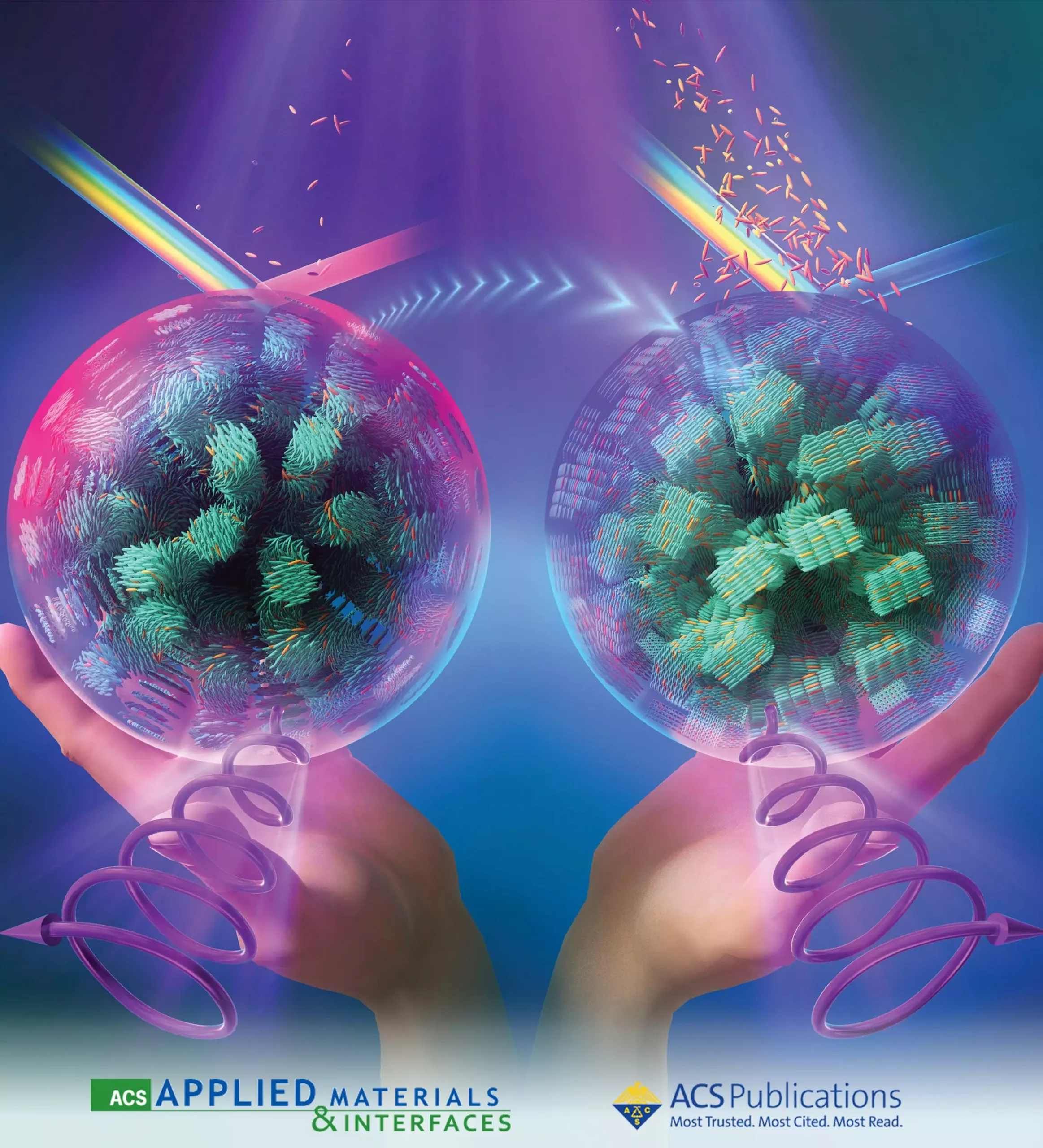In a recent study conducted by a research group at Nagoya University, a groundbreaking approach to creating anti-counterfeiting labels for high-value goods has been developed. This innovative method involves the use of fluorescent dyes added to cholesteric liquid crystals (CLCs) to create fluorescent CLCs (FCLCs), enhancing the security of the labels. These unique labels are designed to protect valuable items, important documents, and sensitive products by producing distinctive visual patterns that are extremely difficult to replicate without specialized tools and knowledge.
The researchers behind this study have successfully mixed fluorescent dyes with CLCs, causing the helical structure of the crystals to twist in either direction, a property known as chirality. This twisting affects how the crystals reflect light, resulting in a specific “light signature” that is nearly impossible to counterfeit. The FCLCs appear as solid colors under normal light, but reveal hidden features when viewed through a circular polarizer, offering a primary security layer. Furthermore, these labels can include components that only respond to ultraviolet light, adding a secondary verification method.
Professor Yukikazu Takeoka from Nagoya University emphasizes the importance of the dual-layer security provided by these FCLCs, stating that both left circularly polarized light (CPL) and ultraviolet light are required to reveal the correct information. This heightened security feature significantly enhances the protection offered by existing CLC-based anti-counterfeiting tags, making it extremely challenging for counterfeiters to replicate.
The unique iridescent colors of the FCLCs shift depending on the concentration of chiral dopant and the polarization of the light source, further complicating counterfeiting attempts. By adjusting the concentration of the chiral dopant, the researchers have created a material that can reverse the direction of circular polarization, allowing the FCLCs to reflect right-handed CPL while absorbing left-handed CPL. This level of complexity adds an additional layer of security to the labels, making them even more difficult to replicate.
The development of FCLC particles with both circularly polarized structural color and circularly polarized luminescence marks a significant milestone in the field of anti-counterfeiting technology. This innovative approach has the potential to revolutionize the security protocols for a wide range of industries, offering unparalleled defense against counterfeiting and ensuring the integrity of high-value products.
In the future, this technology could be further enhanced to include additional security features such as QR codes that are only visible under polarized light or passwords that appear under UV light. With these advancements, FCLCs are poised to become an integral part of anti-counterfeiting strategies, providing a dual-verification system that offers two layers of protection for high-value goods and sensitive products.
The development of fluorescent CLCs represents a significant advancement in the fight against counterfeit products. With their advanced security features and complexity, FCLCs have the potential to revolutionize the way we protect valuable items and ensure the authenticity of products in various industries.


Leave a Reply